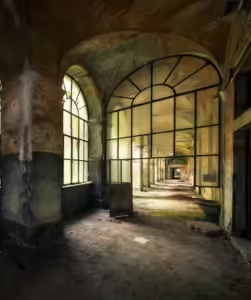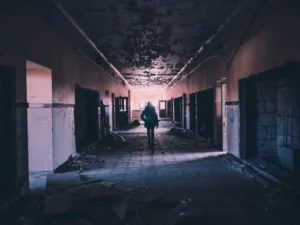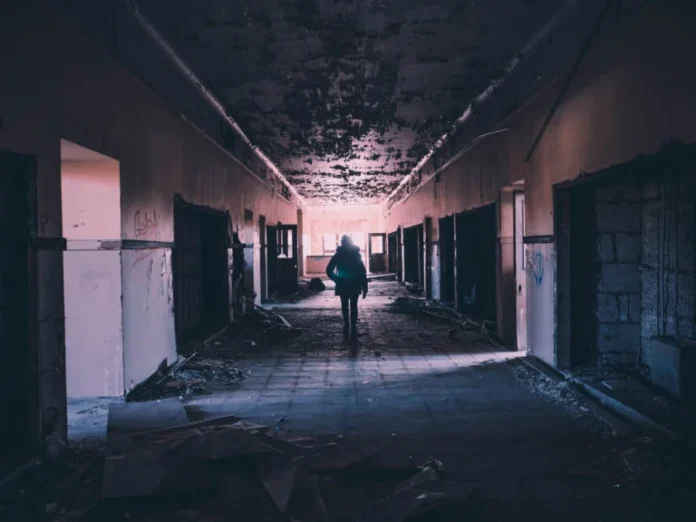
Urban exploration photography, often referred to as urbex photography, is a thrilling genre that captures the beauty of abandoned and decaying urban environments. This comprehensive guide is designed for beginners who are eager to delve into the world of urbex photography, offering tips, techniques, and essential knowledge to help you master this unique art form.
Understanding Urban Exploration Photography
Urban exploration photography involves photographing abandoned buildings, factories, tunnels, and other derelict urban spaces. The goal is to document the beauty and history of these forgotten places, capturing their essence before they are lost to time. This type of photography requires a blend of technical skill, creativity, and a deep respect for the locations being explored.
Essential Equipment for Urban Exploration Photography
Camera and Lenses
While a DSLR or mirrorless camera is ideal for urbex photography, any camera with manual settings can work. A wide-angle lens (10-24mm) is essential for capturing expansive scenes, while a prime lens (35mm or 50mm) can be useful for detailed shots.
Tripod
A sturdy tripod is crucial for low-light situations common in abandoned buildings. It helps to stabilize your camera and allows for long exposure shots, which are often necessary in dimly lit environments.
Lighting
Natural light is preferred in urbex photography, but a portable LED light or flash can be helpful in extremely dark areas. A headlamp is also a good idea for navigating through dark spaces.
Safety Gear
Safety should always be a priority. Wear sturdy shoes, gloves, and a dust mask. A first aid kit and a charged phone are also essential.
Techniques for Capturing Stunning Urbex Photos
Composition and Framing
Pay attention to composition rules such as the rule of thirds, leading lines, and symmetry. Urbex photography often involves intricate details and vast spaces, so framing your shots carefully can make a significant difference.
Lighting
Utilize natural light as much as possible. Early morning or late afternoon light can add a dramatic effect to your photos. Experiment with long exposures to capture light trails or to brighten up dark interiors.
Exposure Settings
Shoot in manual mode to have full control over your camera settings. Start with a low ISO (100-200) to minimize noise, use a small aperture (f/8-f/16) for a deep depth of field, and adjust the shutter speed according to the lighting conditions.
HDR Photography
High Dynamic Range (HDR) photography can be useful in urbex photography to capture a wider range of light and dark areas. Take multiple shots at different exposures and merge them using HDR software.
Post-Processing Tips
Editing Software
Use editing software like Adobe Lightroom or Photoshop to enhance your photos. Adjust the exposure, contrast, and shadows to bring out details. Be careful not to over-process your images; aim for a natural look that reflects the true essence of the location.
Removing Distortions
Wide-angle lenses can cause distortions, so use lens correction tools in your editing software to straighten lines and correct perspective.
Color Grading
Experiment with color grading to add mood and atmosphere to your photos. Desaturated tones, sepia, or black and white can give your images a timeless feel.
Ethical Considerations and Legalities
Permission and Respect
Always seek permission before entering private property. Respect the locations you visit by not causing any damage or removing anything from the site. Leave the place as you found it to preserve it for future explorers and photographers.
Safety First
Never explore alone, and always inform someone of your whereabouts. Be aware of potential hazards such as unstable structures, broken glass, and harmful substances.
Conclusion
Urban exploration photography is a rewarding and adventurous genre that offers unique opportunities to capture the hidden beauty of abandoned places. By following the tips and techniques outlined in this guide, beginners can master the art of urbex photography and create stunning images that tell the story of forgotten urban landscapes. Remember to always prioritize safety and respect for the locations you explore, ensuring that these fascinating places can be enjoyed by future generations.




